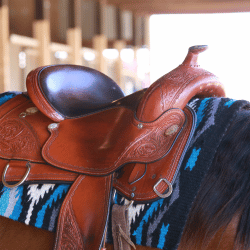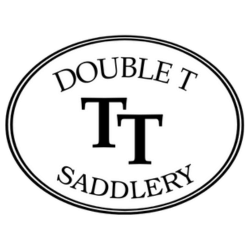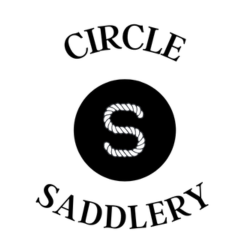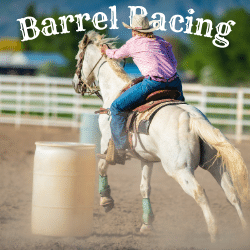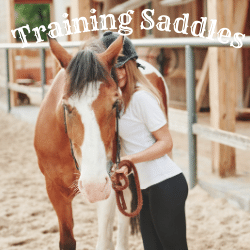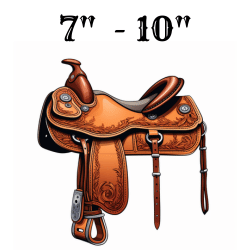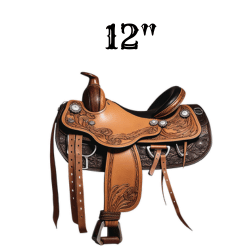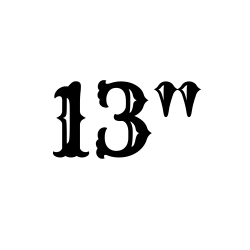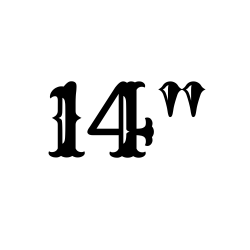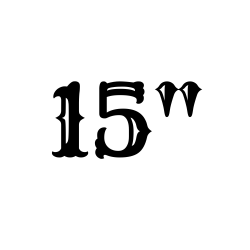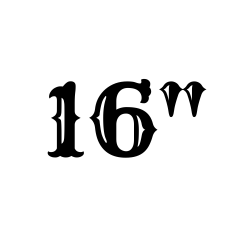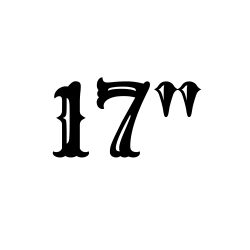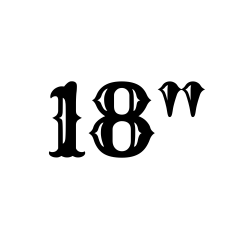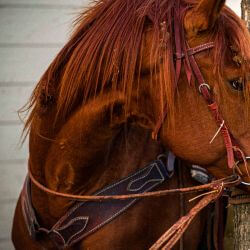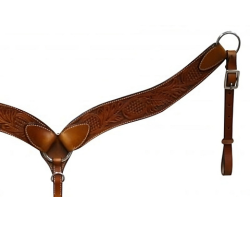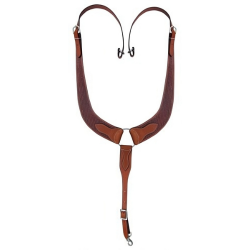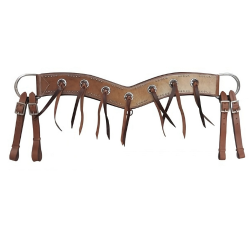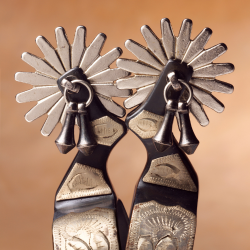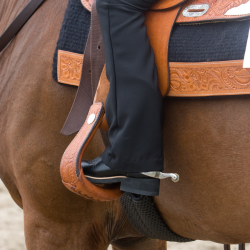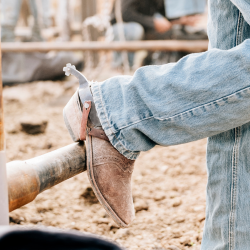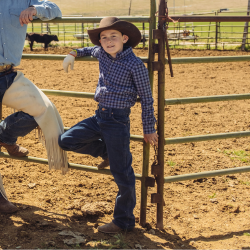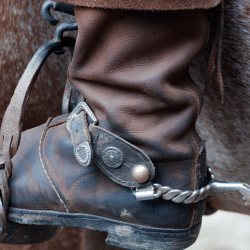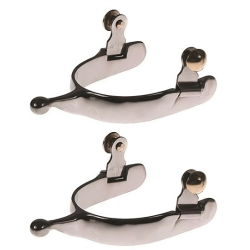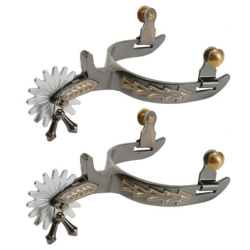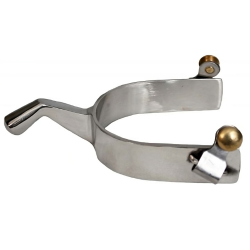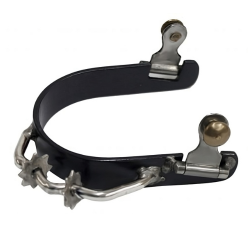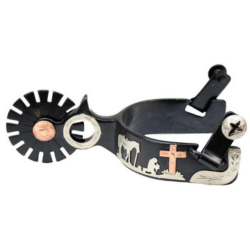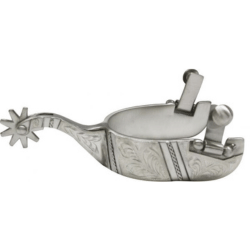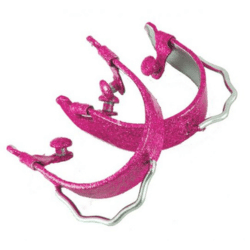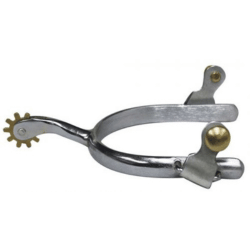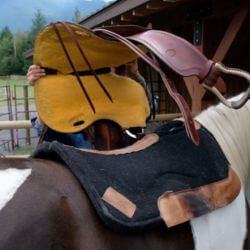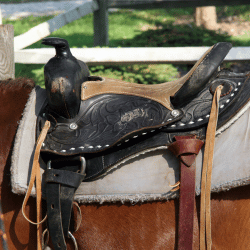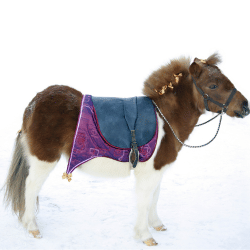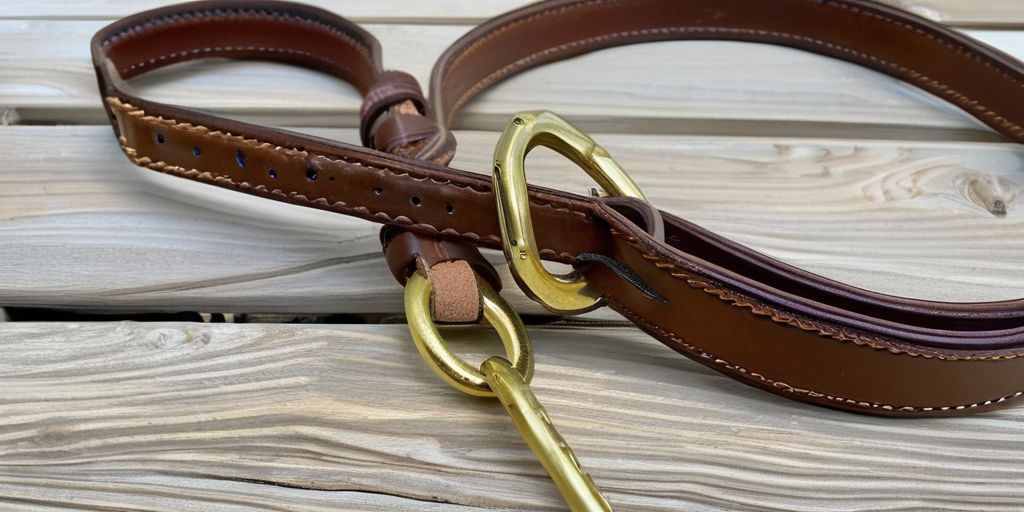The use of a bridle in horse riding has been a topic of debate among equestrians and animal welfare advocates. While some argue that a bridle can cause discomfort and pain to the horse, others believe that it is an essential tool for communication and control. In this article, we will explore the components and types of bridles, how they work, and the arguments for and against their use. We will also discuss the potential discomfort and pain that a bridle can cause and ways to mitigate it through proper bridle use.
Key Takeaways
- The use of a bridle in horse riding is a controversial topic.
- Arguments against bridles highlight potential discomfort and pain caused to horses.
- Proponents of bridles emphasize their importance for communication and control.
- Understanding the horse's anatomy is crucial in assessing the impact of a bridle.
- Proper fit and adjustment of the bridle can help mitigate discomfort and pain.
What is a Bridle?

Components of a Bridle
A bridle is made up of several components that work together to control and guide the horse. The main parts of a bridle include the bit, reins, headstall, and cheekpieces. The bit is the metal mouthpiece that goes inside the horse's mouth and is connected to the reins. The reins are the straps that the rider holds to communicate with the horse. The headstall is the part that goes over the horse's head and holds the bit in place. The cheekpieces are the straps that connect the headstall to the bit on either side of the horse's head.
Types of Bridles
There are various types of bridles available for horses, each designed with specific purposes in mind. Some common types include snaffle bridles, double bridles, and hackamores. Snaffle bridles are the most basic type and are commonly used for everyday riding. They consist of a simple bit and reins. Double bridles, on the other hand, have two bits and are used for more advanced riding techniques. Hackamores are bitless bridles that rely on pressure applied to the horse's nose and chin for control. Each type of bridle has its own advantages and disadvantages, so it's important to choose the right one based on your horse's needs and your riding style.
How Does a Bridle Work?
A bridle is a piece of equipment used to control and communicate with a horse. It consists of several components, including a bit, reins, and headstall. The bit is placed in the horse's mouth and is used to apply pressure and give commands. The reins are attached to the bit and are used by the rider to direct the horse. The headstall holds everything together and is secured around the horse's head.
When the rider pulls on the reins, pressure is applied to the bit, which can be felt by the horse. This pressure is used to signal the horse to slow down, turn, or stop. By using different combinations of rein pressure and leg aids, the rider can communicate with the horse and guide it in the desired direction.
It's important to note that the effectiveness of a bridle depends on the rider's skill and understanding of how to use it properly. A skilled rider will be able to communicate with the horse using subtle cues and minimal pressure, while an inexperienced rider may inadvertently cause discomfort or confusion for the horse.
Overall, a bridle is a tool that, when used correctly, allows the rider to communicate with the horse and guide it effectively.
The Debate: Does a Bridle Hurt a Horse?

Arguments Against Bridles
While there are arguments against the use of bridles, it's important to consider different perspectives. Some people believe that bridles can cause discomfort and pain to horses. They argue that the pressure points created by the bridle can be sensitive areas for horses. Additionally, the impact on breathing and eating is a concern, as some bridles may restrict these natural functions. Dental issues can also arise from the use of bridles, as the bit can put pressure on the horse's teeth. Neck and back pain are other potential discomforts associated with bridles.
Arguments in Favor of Bridles
While there is a debate about whether a bridle hurts a horse, there are some arguments in favor of using bridles. Control is one of the main reasons why riders use bridles. A bridle allows the rider to communicate with the horse and guide its movements. It provides a means of steering, stopping, and directing the horse's attention. Safety is another important factor. A bridle helps to keep the horse under control, especially in potentially dangerous situations. It can prevent the horse from running off or bolting, which could lead to accidents or injuries.
In addition to control and safety, bridles can also provide support and balance for the horse. A properly fitted bridle can help distribute the pressure from the rider's hands evenly across the horse's head and mouth. This can make it more comfortable for the horse to carry the rider's weight and respond to their cues. It can also help the horse maintain its balance and posture while being ridden.
Overall, while there are arguments against using bridles, there are also valid reasons why riders choose to use them. It is important to consider the horse's anatomy, fit, and proper use of the bridle to minimize any potential discomfort or pain.
Understanding the Horse's Anatomy
To understand the impact of a bridle on a horse, it's important to have a basic understanding of the horse's anatomy. Horses are magnificent creatures with a complex skeletal and muscular structure. Their anatomy plays a crucial role in their ability to move, perform tasks, and communicate with their riders.
One interesting resource that provides a unique perspective on equine anatomy is the book 'Horses Inside Out: Equine Anatomy and Biomechanics' by England. This book offers a detailed look at the skeleton and muscles of real live horses, providing valuable insights for riders, trainers, and horse owners.
In this book, you can learn about the different parts of a horse's body, how they work together, and ways to improve riding, training, and overall horse management. It's a fascinating resource for anyone interested in understanding the intricacies of the horse's anatomy and how it relates to bridle use.
The Importance of Proper Fit
Proper fit is crucial when it comes to using a bridle on a horse. Comfort and safety are the top priorities. A bridle that is too tight can cause discomfort and even pain for the horse. On the other hand, a bridle that is too loose may not provide the necessary control and communication between the rider and the horse. It is important to find the right balance and ensure that the bridle fits properly.
Potential Discomfort and Pain

Pressure Points and Sensitivity
When it comes to the use of a bridle on a horse, it's important to consider the pressure points and sensitivity of the horse's head. The horse's head contains several areas that are more sensitive than others, and these areas can be affected by the use of a bridle.
One of the most sensitive areas on a horse's head is the poll, which is located at the top of the head, between the ears. The poll is a common pressure point that can be affected by the use of a bridle. It's important to ensure that the bridle is properly adjusted and fitted to avoid putting excessive pressure on the poll.
Another sensitive area is the nose, particularly the nasal bones. The noseband of the bridle can put pressure on these bones, causing discomfort and potentially even pain. It's crucial to choose a bridle with a noseband that is wide enough and properly padded to minimize any potential discomfort.
Additionally, the area around the horse's mouth is also sensitive. The bit, which is part of the bridle, can put pressure on the horse's tongue, bars, and corners of the mouth. It's essential to select a bit that fits properly and is suitable for the horse's mouth anatomy to prevent any unnecessary discomfort or pain.
Impact on Breathing and Eating
The use of a bridle can have a significant impact on a horse's breathing and eating. When a bridle is tightly fitted or improperly adjusted, it can restrict the horse's airflow and make it difficult for them to breathe comfortably. This can lead to respiratory issues and discomfort for the horse. Additionally, the presence of a bit in the horse's mouth can interfere with their ability to eat and drink properly. The bit can cause discomfort and make it challenging for the horse to chew and swallow their food.
Dental Issues
One potential area of discomfort for horses when wearing a bridle is in their dental health. The bit, which is a component of the bridle that goes in the horse's mouth, can put pressure on the horse's teeth and gums. This pressure can cause irritation, sores, and even dental issues over time. It's important for horse owners to regularly check their horse's teeth and gums for any signs of discomfort or damage.
Neck and Back Pain
Neck and back pain is a common concern when it comes to using a bridle on a horse. The pressure exerted by the bridle can cause discomfort and even pain in these sensitive areas. Horses have a complex musculoskeletal system, and any undue pressure or misalignment can lead to issues. Proper fit of the bridle is crucial to minimize the risk of neck and back pain. It should not be too tight or too loose, as both can cause problems. Regular inspections and adjustments are necessary to ensure the bridle is fitting correctly and not causing any discomfort.
One important factor to consider is the horse's anatomy. Horses have long, flexible necks and a spine that runs from the base of the skull to the tail. Any pressure or restriction in these areas can lead to pain and stiffness. Additionally, the bridle should not interfere with the horse's natural movement and range of motion.
To mitigate neck and back pain, it is essential to choose the right bridle for the horse. Different horses may require different types of bridles based on their individual needs and preferences. Some horses may benefit from a bitless bridle, which eliminates the pressure on the mouth and jaw. Others may do well with a well-fitted traditional bridle.
Regular training and communication with the horse are also important. A well-trained horse will respond to subtle cues and signals, reducing the need for excessive rein pressure. Proper riding techniques and posture can also help prevent neck and back pain. It is crucial to listen to the horse's feedback and adjust the bridle and riding style accordingly.
In summary, neck and back pain can be a concern when using a bridle on a horse. However, with proper fit, understanding of the horse's anatomy, and regular training, it is possible to mitigate discomfort and ensure the horse's well-being.
Mitigating Discomfort: Proper Bridle Use

Choosing the Right Bridle
When it comes to choosing the right bridle for your horse, there are a few important factors to consider. First and foremost, you want to ensure that the bridle fits properly. A bridle that is too tight can cause discomfort and restrict your horse's movement, while a bridle that is too loose may not provide enough control.
Another important consideration is the type of bridle. There are various types available, such as snaffle bridles, double bridles, and bitless bridles. Each type has its own advantages and disadvantages, so it's important to choose one that suits your horse's needs and riding style.
Additionally, you should consider the material of the bridle. Leather is a popular choice due to its durability and comfort, but there are also synthetic options available. Whichever material you choose, make sure it is of good quality and well-made.
Lastly, don't forget to regularly inspect and maintain your bridle. Check for any signs of wear and tear, such as loose stitching or cracked leather, and replace any worn-out parts. By taking proper care of your bridle, you can ensure its longevity and your horse's comfort.
Proper Adjustment and Fit
Proper adjustment and fit of the bridle are crucial for the comfort and well-being of the horse. When fitting a bridle, it is important to ensure that it is not too tight or too loose. A properly fitted bridle should allow the horse to open and close its mouth comfortably, without causing any pinching or pressure points.
One way to check if the bridle is properly adjusted is to place two fingers between the horse's cheek and the cheekpiece of the bridle. If there is enough space for two fingers, it indicates a good fit. If there is not enough space, the bridle may be too tight and can cause discomfort.
In addition to the fit of the bridle, the adjustment of the different components is also important. The noseband should be adjusted so that it is snug but not too tight, allowing the horse to breathe freely. The browband should sit comfortably behind the horse's ears, without pressing or rubbing.
Proper adjustment and fit of the bridle not only ensure the horse's comfort but also contribute to effective communication between the rider and the horse. It allows for clear and precise signals, making the riding experience more enjoyable for both horse and rider.
Regular Maintenance and Inspections
Regular maintenance and inspections are essential for ensuring the safety and comfort of the horse when using a bridle. By regularly checking the condition of the bridle, riders can identify any potential issues or damage that may cause discomfort or pain to the horse. This includes inspecting the stitching, buckles, and straps for any signs of wear and tear. Proper cleaning and lubrication of the bridle's leather components is also important to maintain their durability and flexibility. Additionally, riders should ensure that the bridle is properly adjusted and fits the horse correctly to prevent any unnecessary pressure or rubbing. By taking these steps, riders can minimize the risk of discomfort and ensure the bridle remains in good condition for the horse's well-being.
Training and Communication
Proper training and effective communication are essential when using a bridle with a horse. Consistency is key in training, as horses respond well to routines and clear signals. It's important to establish a strong bond of trust and respect with your horse, which can be achieved through positive reinforcement and reward-based training methods. By using clear and consistent cues, you can effectively communicate your intentions to the horse and ensure a harmonious partnership.
In addition to training, listening to your horse is crucial. Horses are highly perceptive animals and can communicate their discomfort or preferences through subtle cues. Paying attention to their body language, facial expressions, and overall behavior can help you understand if the bridle is causing any discomfort. If you notice any signs of distress or resistance, it's important to address the issue promptly and make necessary adjustments to ensure the horse's well-being.
To enhance communication, proper use of reins is essential. Reins should be held with a light and steady contact, allowing the horse to feel the subtle cues transmitted through the reins. Avoid excessive pulling or harsh jerking motions, as they can cause unnecessary discomfort and confusion. By maintaining a soft and responsive connection through the reins, you can establish a clear line of communication and promote a more enjoyable riding experience for both you and your horse.
Conclusion
In conclusion, the use of a bridle on a horse is a controversial topic. While some argue that it can cause discomfort and pain to the horse, others believe that when used correctly, it is a necessary tool for communication and control. It is important for horse owners and riders to educate themselves on proper bridle fitting and usage, as well as alternative training methods that promote a more natural and gentle approach. Ultimately, the well-being and comfort of the horse should always be the top priority.
Frequently Asked Questions
Are all bridles harmful to horses?
No, not all bridles are harmful to horses. It depends on the design, fit, and proper use of the bridle.
How do I choose the right bridle for my horse?
When choosing a bridle for your horse, consider factors such as the horse's size, discipline, and individual needs. It is best to consult with a knowledgeable equestrian professional for guidance.
Can a poorly fitted bridle cause discomfort to a horse?
Yes, a poorly fitted bridle can cause discomfort to a horse. It can create pressure points, restrict movement, and interfere with the horse's natural biomechanics.
How often should I inspect and maintain my horse's bridle?
It is recommended to inspect and maintain your horse's bridle regularly. Check for any signs of wear and tear, loose stitching, or damaged parts. Clean and condition the bridle as needed to ensure its longevity and functionality.
Can proper training and communication help mitigate discomfort caused by a bridle?
Yes, proper training and communication between the rider and the horse can help mitigate discomfort caused by a bridle. By teaching the horse to respond to light aids and cues, the need for strong rein pressure can be minimized.
Should I consult a professional for bridle fitting and adjustment?
Yes, it is advisable to consult a professional, such as an experienced equestrian or a qualified saddle fitter, for bridle fitting and adjustment. They can ensure the bridle fits correctly and does not cause unnecessary discomfort to the horse.

